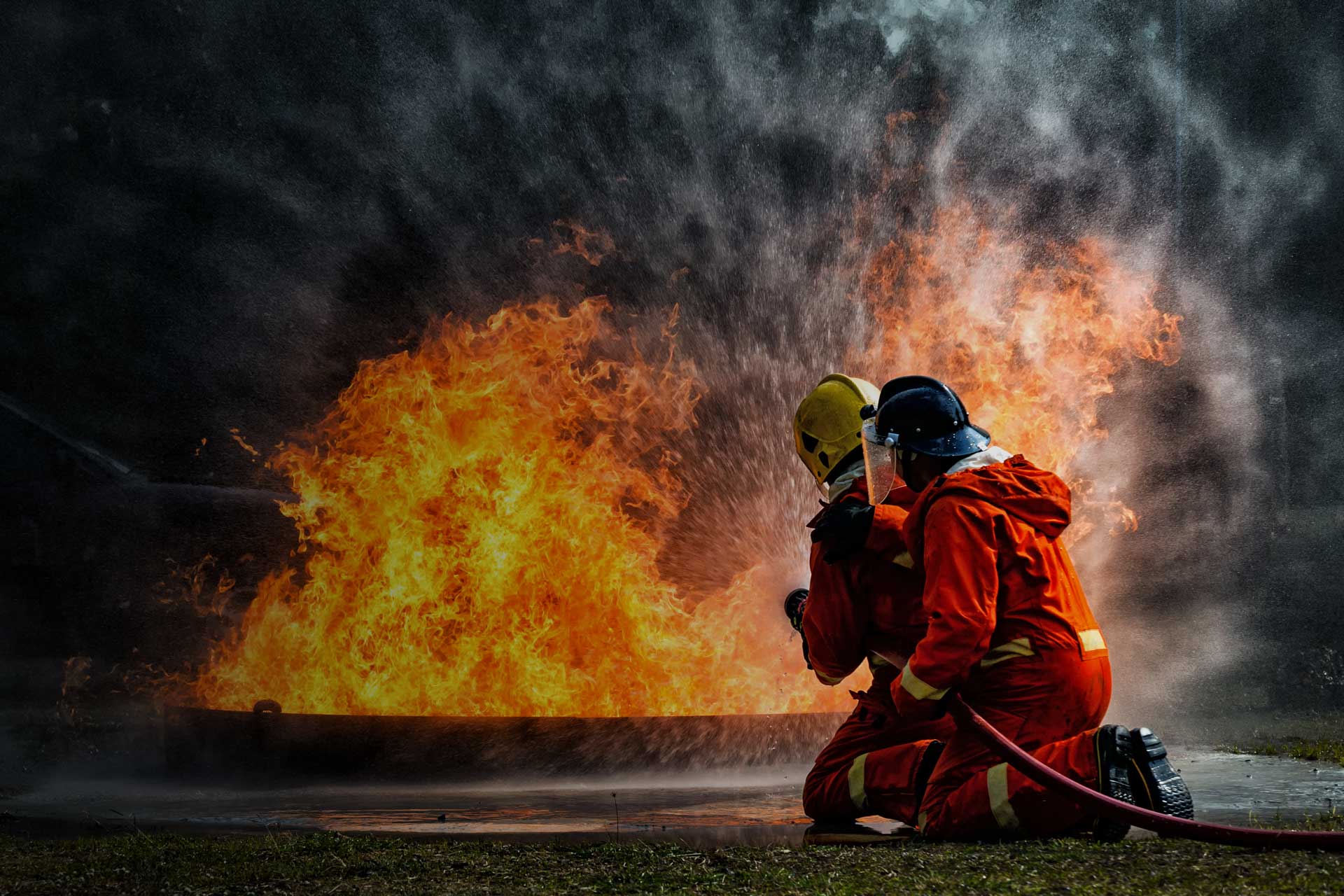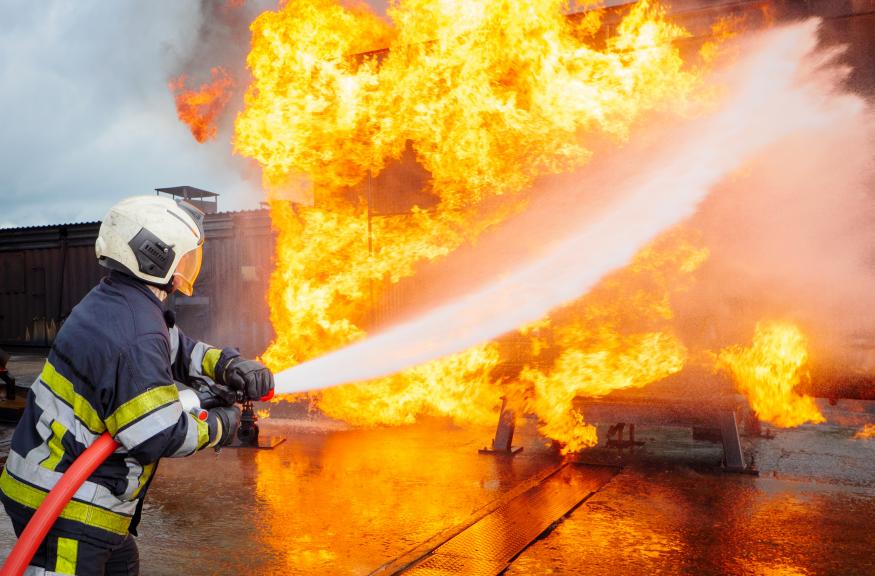
Active vs. Passive Professional Fire Protection Services
Leave your thoughtsProfessional Fire Protection Services
Whether you’re at home or work, safety is a top priority. We don’t often think about it until something goes wrong, like a fire. If you’re looking into professional fire protection services for your business, you’ve probably heard about “active” and “passive” fire protection. But what do these terms mean, and how do they keep you safe?
Let’s take a closer look to understand them better.
What is Active Fire Protection?
Active fire protection is about taking swift and proactive measures when a fire breaks out. Its main goal is to detect, alert, and contain the fire to minimize its impact. Some active professional fire protection services measures may involve manual intervention, like using a portable fire extinguisher. Others rely on automated or digital systems, such as smoke detectors and automatic sprinklers.
Here are some more products and systems that fall under active professional fire protection services:
- Fire alarm systems
- Emergency escape lighting
- Fire suppression and sprinkler systems
- Smoke ventilation
- Disabled refuge areas
- Fire hydrant testing and maintenance
- Emergency voice communication systems (EVCs)
- Dry and wet risers
- Public address voice alarms
- Fire hose reels
- Portable fire extinguishers
In active fire protection, the professional fire protection services aim to take immediate action to prevent the fire from spreading and causing harm. However, it’s important to note that active fire protection systems require regular maintenance to ensure they function correctly when needed.
What is Passive Fire Protection?
Passive fire protection is integral to a building’s fire safety strategy, serving as the first line of defense against fires. Its role is critical in protecting people’s lives and reducing damage to buildings and their contents from the ravages of fire and smoke. However, passive fire protection needs regular testing and ongoing maintenance to ensure it can work during an emergency.
Here are some examples of passive fire protection products and systems:
- Fire Doors
- Compartmentation and Fire Stopping
- Fire Curtains
- Fire and Smoke Dampers
- Fire-Resistant Building Materials
- Intumescent Paints and Coatings
The Differences Between Active vs. Passive Professional Fire Protection Services
1. Prevention vs. Response
Passive fire protection aims to prevent fires by slowing the spread of fire, smoke, and heat. It entails using fire-resistant building materials, walls, and compartmentalization to create barriers that keep the fire contained. On the other hand, active fire protection systems are designed to respond to fires as they occur. Sprinklers and fire extinguishers are used to detect, control, and extinguish fires.
2. Continuous vs. On-Demand
Passive Fire Protection operates continuously and is always present, providing a constant level of protection as long as the building’s materials remain intact. On the other hand, active fire protection operates on demand and is triggered only when a fire is detected. It provides immediate response and protection once activated.
3. Deployable vs. Inherent
Passive professional fire protection services are inherent and built into the building’s structure. It entails using materials and designs that are naturally fire-resistant and are always present, requiring no human intervention. In contrast, active fire protection is deployable and operates with either human or automated intervention. Fire sprinklers, for example, must be activated, and fire extinguishers require human intervention to suppress a fire.
The Synergy Between Active vs. Passive Fire Protection
While passive and active fire protection services serve different purposes, they complement each other to create a comprehensive fire safety strategy.
1. Early Detection and Containment
Active fire protection systems detect fires early so people can respond faster. However, without passive protection, fires can still spread rapidly. Passive measures like fire-resistant materials and compartmentalization help contain the fire’s growth, giving active systems more time to work effectively.
2. Protection for Occupants
Due to compartmentalization and fire-resistant materials, passive fire protection slows the spread of the fire, giving residents valuable time to flee. People now have more time to evacuate safely. On the other hand, the other professional fire protection services provide warning through alarms and actively assist in fire control.
3. Property Preservation
Combining passive and active measures reduces the extent of property damage in various ways. Passive measures reduce structural damage by containing the fire, which in turn limits property damage. Active systems, such as sprinklers and fire extinguishers, aim to put out fires quickly, minimizing property damage.
4. Legal and Regulatory Compliance
To ensure compliance with safety standards, many building codes and regulations require a combination of passive and active fire protection measures. Passive fire protection measures ensure that a building’s construction meets fire resistance standards, whereas active systems provide responsive mechanisms that meet safety regulations and standards by actively addressing fire emergencies.

Wrap Up
The contrast between passive and active fire protection emphasizes the ever-present collaboration essential in protecting lives and property from the destructive force of fires.
For those seeking to strengthen their fire protection measures, consider TRINITI Fire Life & Safety your trusted partner. We offer a wide range of professional fire protection services, from fire risk assessment to advanced fire suppression technologies installation, all with an unwavering commitment to guaranteeing your safety.

